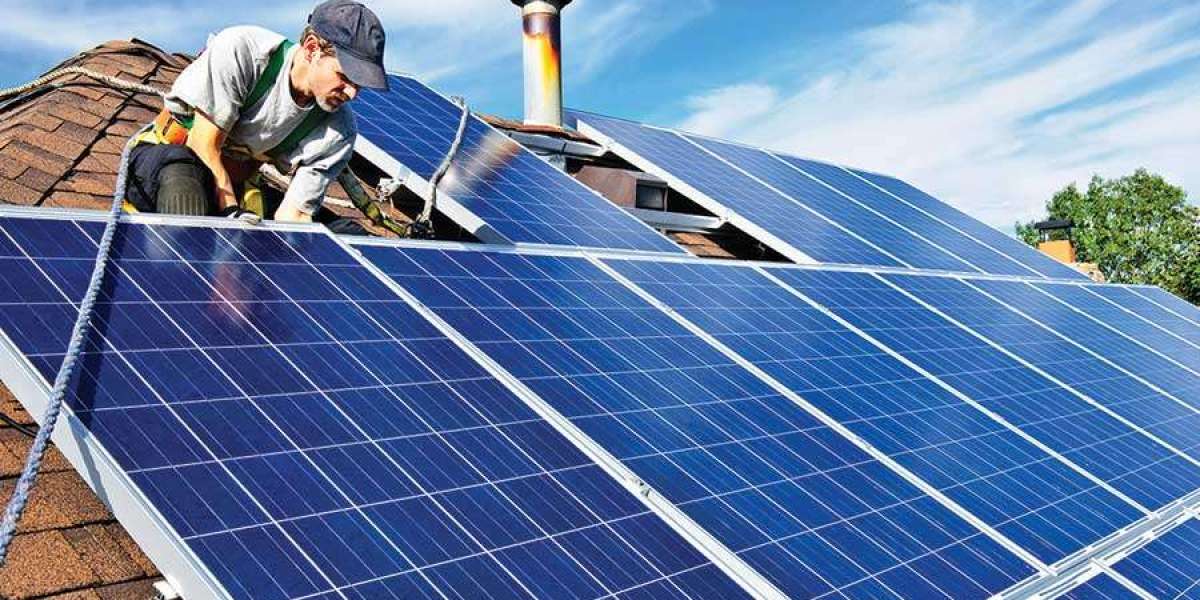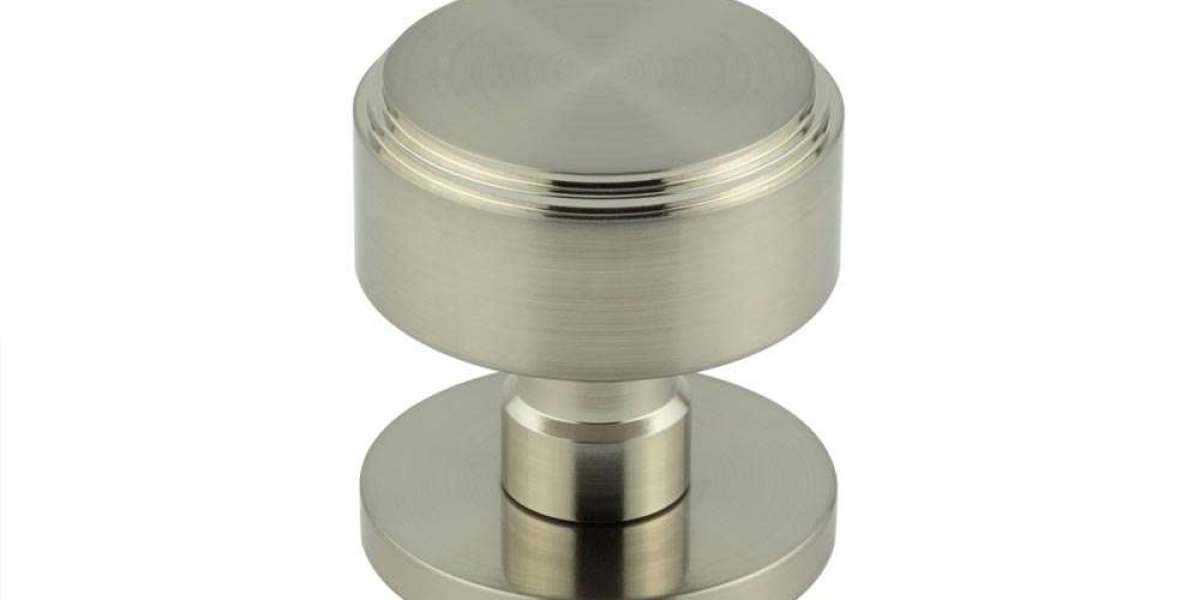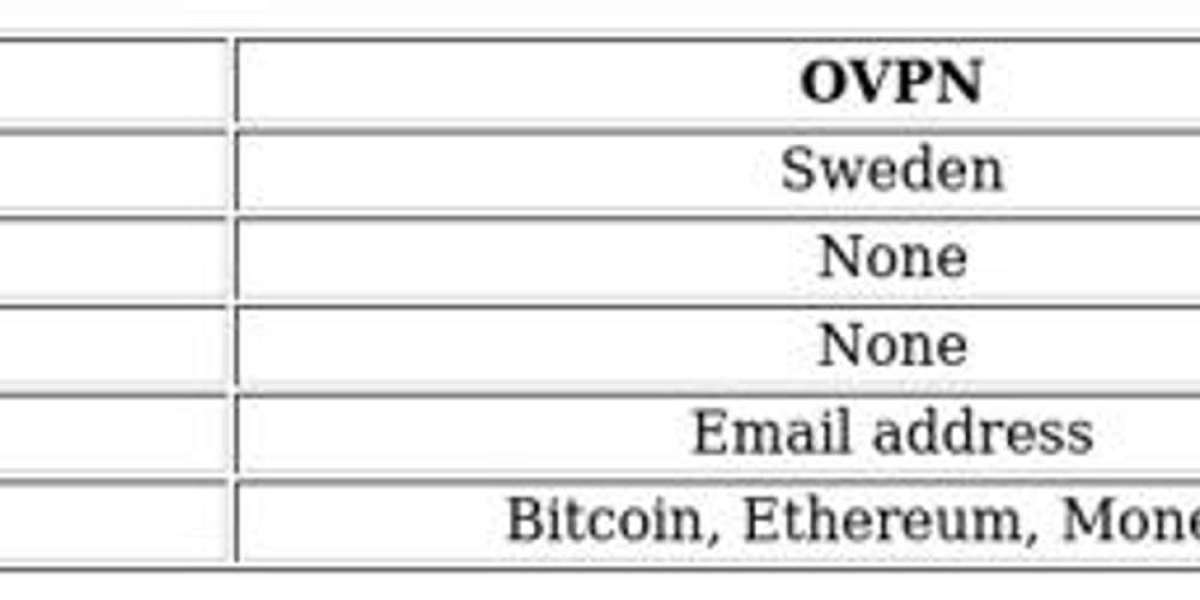Both roofing and solar systems are significant investments for a home or business, offering protection and energy efficiency, respectively. However, just like any other important infrastructure, these systems require regular maintenance to ensure they continue to function effectively and last for years. Proper maintenance not only extends the lifespan of these systems but also maximizes their performance and helps to avoid costly repairs down the road. In this article, we’ll explore the essential maintenance tasks for both roofing and solar solutions, highlighting the key steps you should take to keep these systems in optimal condition.
Roofing Maintenance
The roof is one of the most critical components of a home, shielding it from the elements, insulating it, and adding to its curb appeal. Roofs are exposed to weather conditions year-round, which means regular inspections and upkeep are essential to prevent leaks, deterioration, and structural damage.
1. Regular Roof Inspections
Roof inspections should be performed at least twice a year, ideally during spring and fall. These inspections help identify potential problems early, such as:
Loose or damaged shingles
Cracked tiles or flashing
Missing or damaged roofing materials
Signs of wear or sagging
Mold, mildew, or algae growth
Clogged gutters and downspouts
By catching these issues early, you can address them before they turn into expensive repairs or replacements.
2. Gutter Cleaning and Maintenance
Gutters are an essential part of the roofing system, directing water away from the home’s foundation. Over time, gutters can become clogged with leaves, debris, and dirt, leading to water backup and possible roof damage. To maintain your roofing system, clean gutters regularly, ideally once every few months or after heavy storms.
Regularly check for:
Blockages
Cracks or holes
Loose fasteners
If needed, repair or replace damaged sections of the gutters to ensure they function correctly.
3. Roof Ventilation
Proper ventilation is key to extending the lifespan of your roof. It helps regulate temperature and moisture levels in the attic, preventing heat buildup in the summer and moisture buildup in the winter. This can reduce the chances of mold growth, wood rot, and ice dams.
Check that your roof’s ventilation system is intact and functioning properly. This includes ensuring that vents are not obstructed and that your attic is properly ventilated to promote airflow.
4. Debris Removal
Over time, debris like twigs, leaves, or branches can accumulate on your roof, especially after storms. Not only does this look unappealing, but it can also lead to water pooling, which could cause leaks or other damage. Regularly removing debris from your roof is essential to prevent these issues.
5. Repairs and Shingle Replacement
Shingles, tiles, and other roofing materials may deteriorate over time due to weather conditions, age, or physical damage. If shingles are cracked, curled, or missing, it’s crucial to replace them to prevent water from entering the roof and causing structural damage. Prompt repairs ensure that the roof maintains its integrity and that leaks are avoided.
6. Professional Roof Cleaning
Roof cleaning involves removing algae, moss, or lichen buildup that can damage the roof surface over time. While cleaning can be done by professionals using special solutions or equipment, it's important not to use harsh chemicals or power washing methods that could harm the roofing materials.
Solar Panel Maintenance
Solar power systems are a popular way to reduce energy costs and lessen your environmental impact. However, even though solar panels are low-maintenance, they still require attention to ensure they work efficiently and continue generating energy effectively. Solar panel maintenance mainly focuses on cleaning, inspecting, and keeping components in good working order.
1. Regular Cleaning of Solar Panels
Solar panels can accumulate dust, dirt, leaves, and other debris over time. This buildup can block sunlight and reduce the efficiency of your solar panels. In areas with little rainfall or significant pollution, cleaning your panels once or twice a year is a good idea. If you live in a particularly dusty or rural area, you may need to clean the panels more frequently.
Cleaning the panels can be done with a soft cloth, water, and a mild detergent. Avoid harsh chemicals, abrasives, or power washing, which could damage the panels.
2. Inspection of Solar Panels
Periodic inspections are essential to ensure your solar panels are functioning correctly. You can inspect the panels visually for any damage, such as cracks, chips, or discoloration. Look for signs of wear or degradation that could affect the system’s ability to generate electricity.
While it’s essential to do a visual inspection, it’s best to have a professional solar technician inspect the wiring and connections regularly to ensure everything is secure and that the system is working at optimal capacity.
3. Check for Shading
Over time, new buildings, trees, or other structures might block sunlight from reaching your solar panels. Even small amounts of shading can significantly reduce their efficiency. Inspect the area surrounding your solar panels to ensure that they aren’t being shaded by new objects or growing trees. If necessary, trim back trees or shrubs to restore full sunlight exposure.
4. Maintain Solar Inverter
The inverter is a key component of your solar system. It converts the energy your panels produce into usable electricity for your home or business. Ensure that the inverter is working correctly by checking its display for error messages or malfunctions. Inverters typically last between 5 to 10 years, but it’s important to monitor its performance regularly.
If your inverter displays any error codes or isn’t functioning properly, contact a professional to repair or replace it promptly.
5. Monitoring System Performance
Most modern solar systems come with a monitoring system that allows you to track the performance of your panels. Regularly check the performance reports to ensure the system is generating the expected amount of electricity. If there’s a significant drop in performance, this could indicate an issue with the system that needs professional attention.
6. Panel Alignment and Angle
Solar panels need to be installed at a specific angle to capture the maximum amount of sunlight. Over time, heavy winds or storms can cause panels to shift slightly out of position. Ensure that the panels remain properly aligned for optimal performance. If you notice any misalignment, it may be necessary to have a professional readjust them.
Conclusion
Regular maintenance for both roofing and solar solutions ensures the longevity and performance of your systems. For roofs, routine inspections, gutter cleaning, and debris removal help keep your home safe and protected. For solar panels, cleaning, inspections, and system monitoring ensure optimal energy efficiency and reliability. By staying proactive with your maintenance tasks, you can reduce the risk of costly repairs and ensure your systems operate smoothly for years to come.
For comprehensive roofing and solar solutions, including maintenance and repairs, New Era Services offers expert care to keep both your roof and solar panels in top condition.








